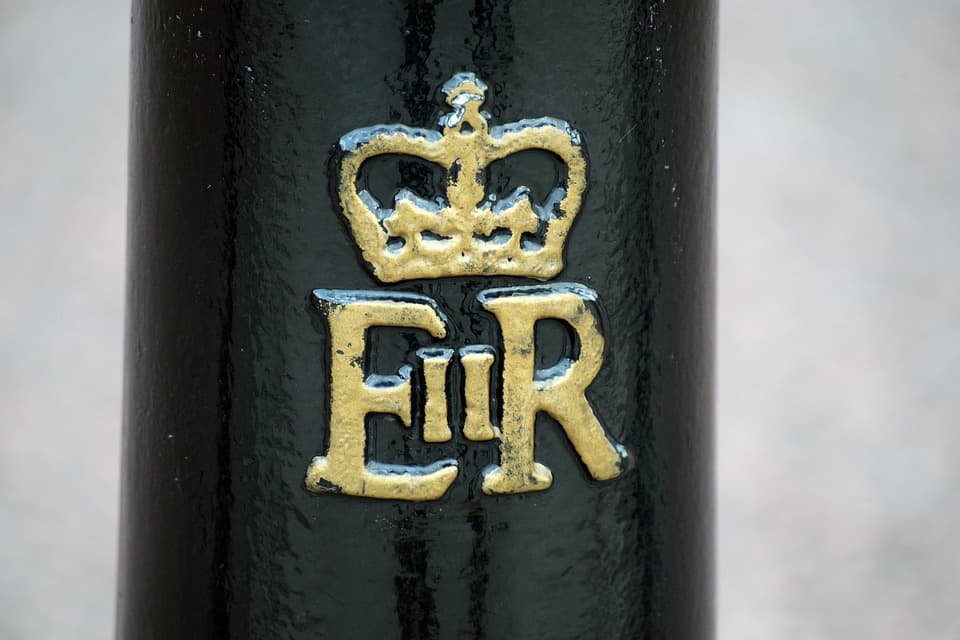
A royal cypher is a monogram or monogram-like device representing a reigning King or Queen. They usually appear on letter boxes, government buildings or state documents and often consist of the initials of a monarch’s name and title.
Queen Elizabeth II’s royal cypher is most recognised due to her incredible 70-year reign, and consists of her initial ‘E’, with the initial ‘R’ for Regina, and the Roman numerals ‘II’ in the middle.
The history of the royal cypher
The use of royal cyphers dates back to the early Tudor period and was first originated in the United Kingdom. At first, just the monarch’s initial was used. However, the letter ‘R’ for ‘Rex’ (Latin for king) or ‘Regina’ (Latin for queen) was added after Henry VIII’s reign. Queen Victoria became Empress of India during her reign, therefore, the letter ‘I’ was added to her cypher, which stands for ‘Imperatrix’ (Latin for emperor or empress). For monarchs to be easily identified, a crown or the royal arms were later added to their cyphers.
Latin Styles
A monarch’s first name has always been referenced on their royal cyphers in English, however, their coin legends have been styled in Latin. This is, of course, except for Queen Elizabeth I, Queen Elizabeth II and now King Charles III. All kings of Britain (up to Charles III) had opted for the Latin versions of their names. For example, both King Charles I and II were styled as ‘Carolus’, George I, II, III, IV, V and VI were ‘Georgius’, William IV was ‘Gulielmus’, Edward VII was Ewardus, and James II was Iacobus. King Charles III is actually going for the English spelling of his name on both his coinage and his cypher, even though the rest of his titles are in Latin.
King Charles III and his royal cypher
King Charles III chose his royal cypher from a number of designs submitted by the College of Arms. It consists of an interlocking letter ‘C’ and letter ‘R’, with the Roman numerals ‘III’ inside of the ‘R’, all surmounted by a Tudor crown. Charles isn’t the only king to use the Tudor crown; Edward VII, Edward VIII, George V and George VI all opted for the Tudor crown amongst their cypher also. However, his Scottish cypher uses the Crown of Scotland. It is unknown when we will start to see King Charles III’s royal cypher appear in public, however, we expect that it will start to trickle through soon.
Featuring King Charles III’s royal cypher on the reverse, this new silver one crown celebrates the accession of the new British monarch. Secure yours HERE.
